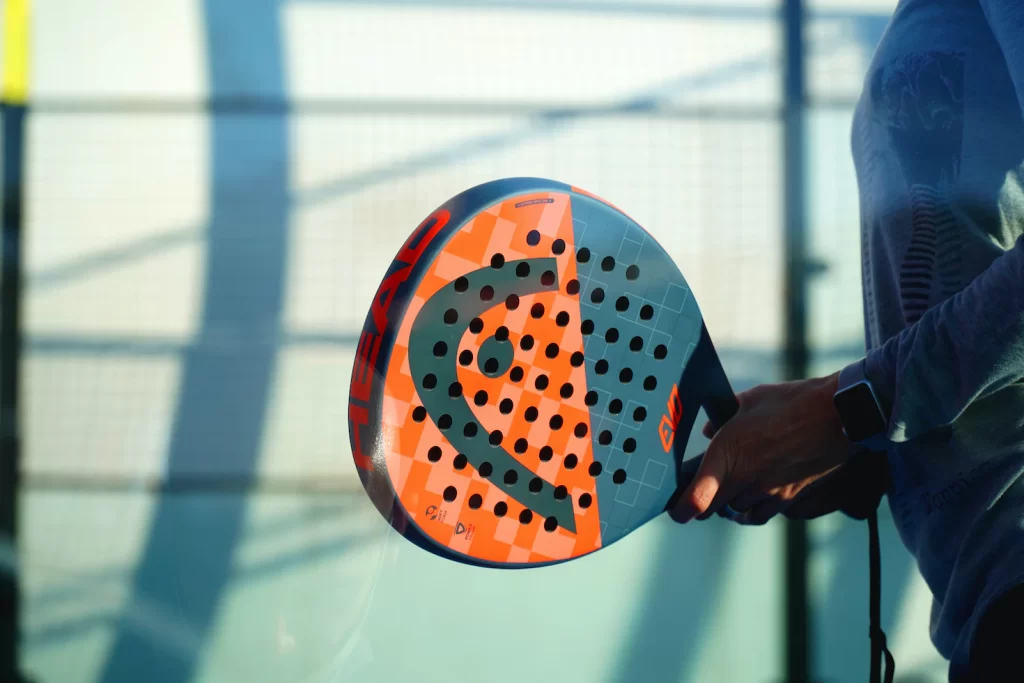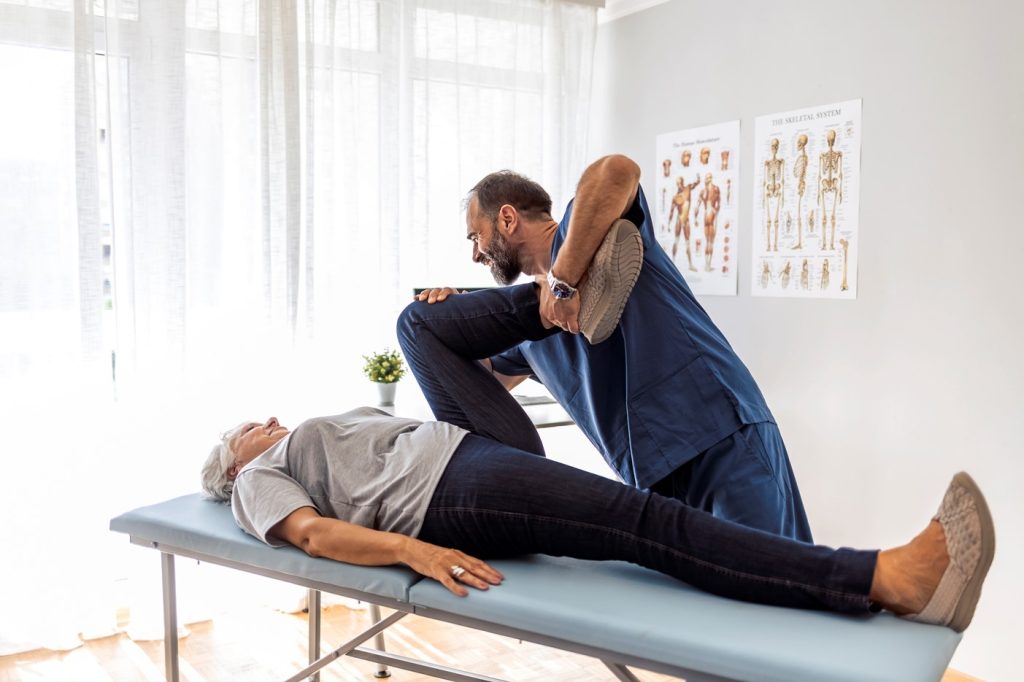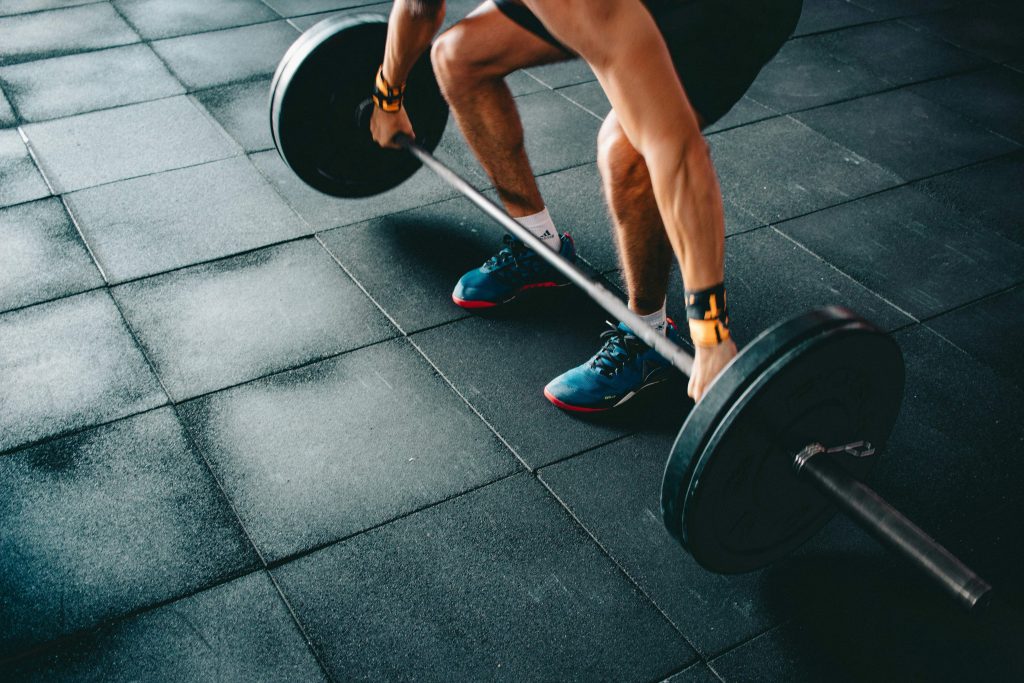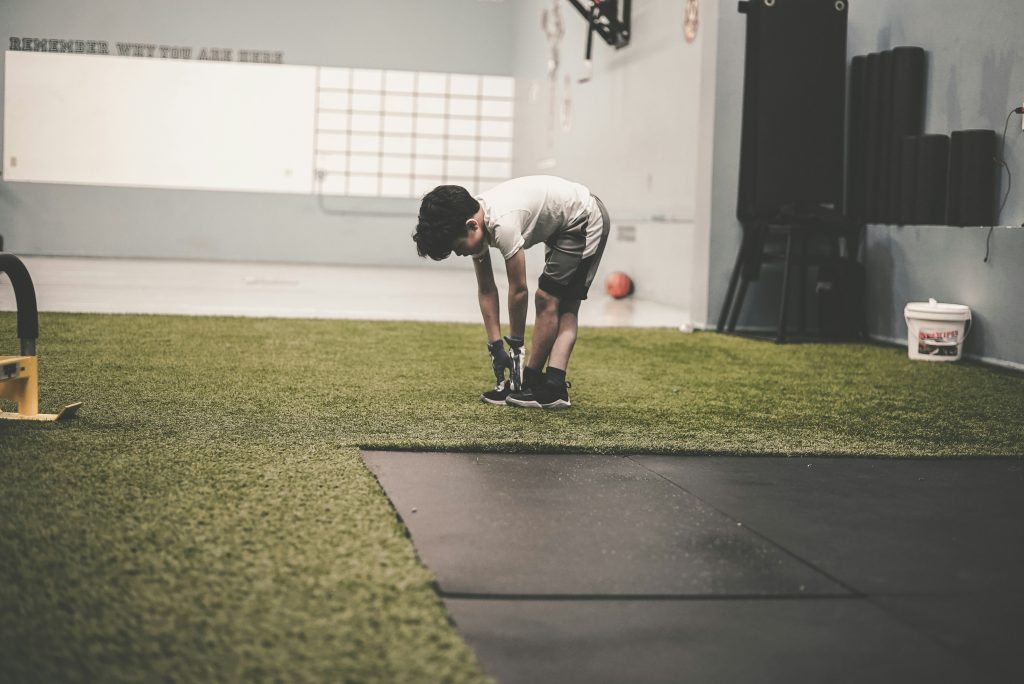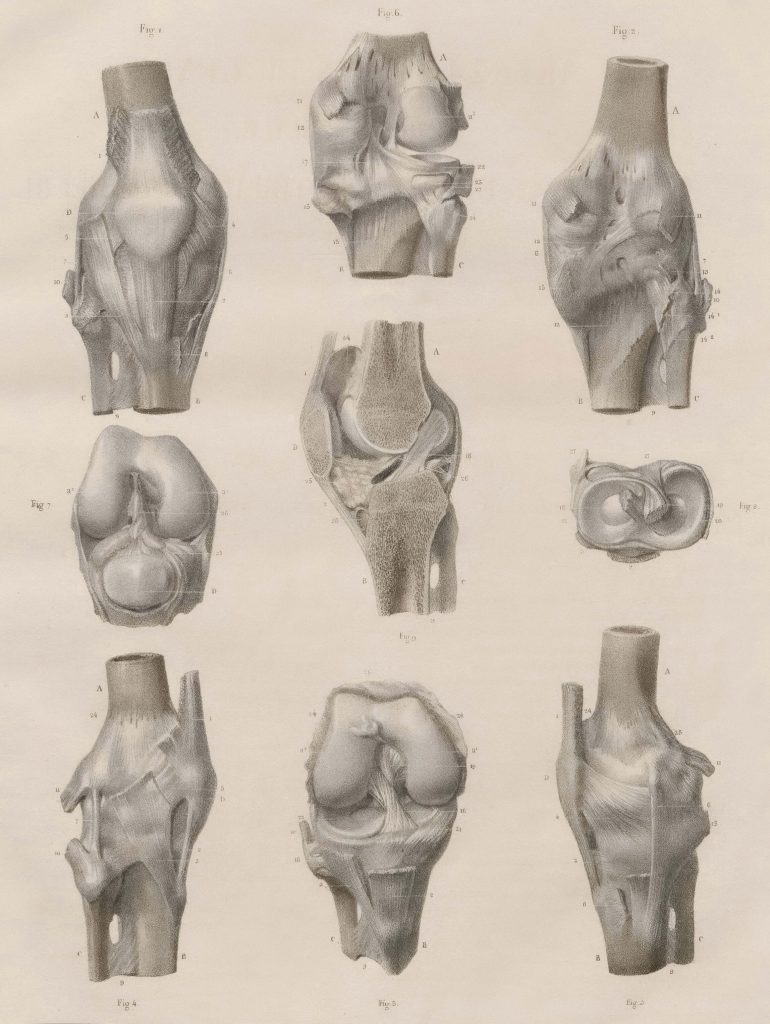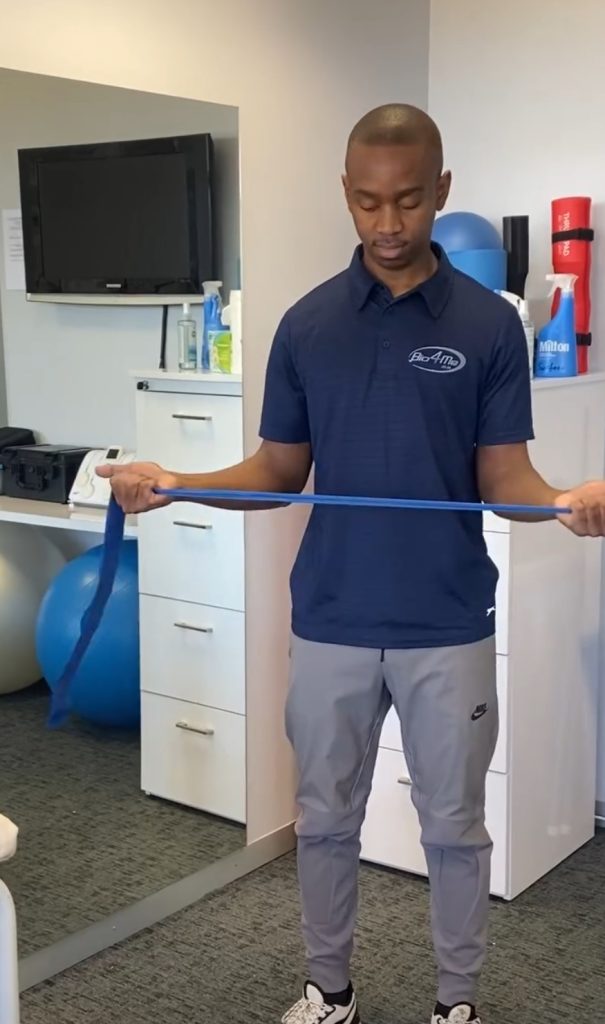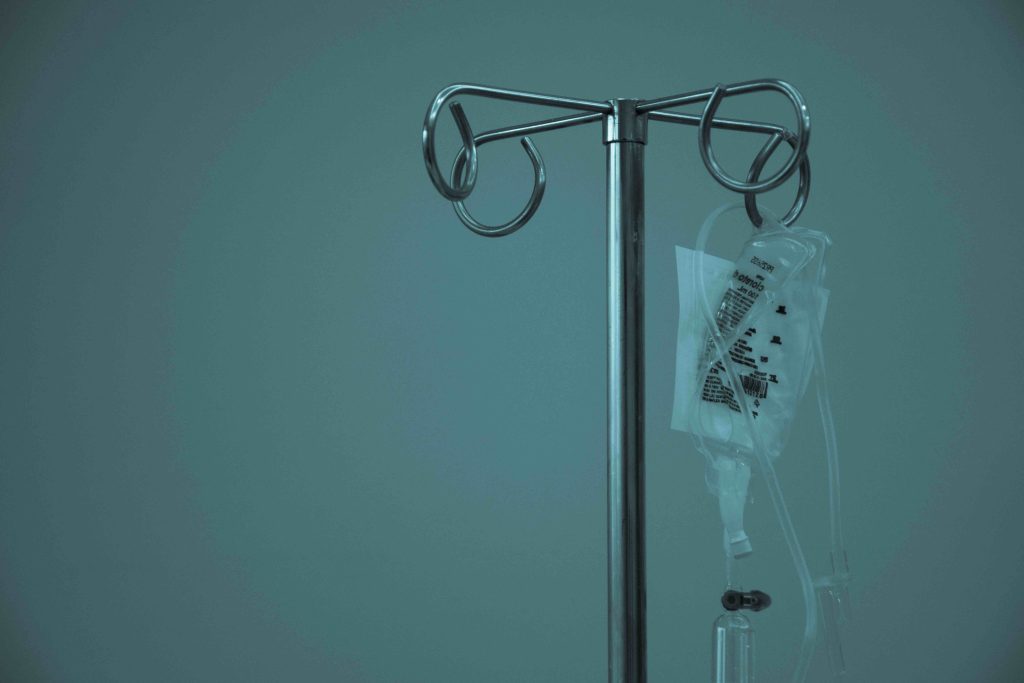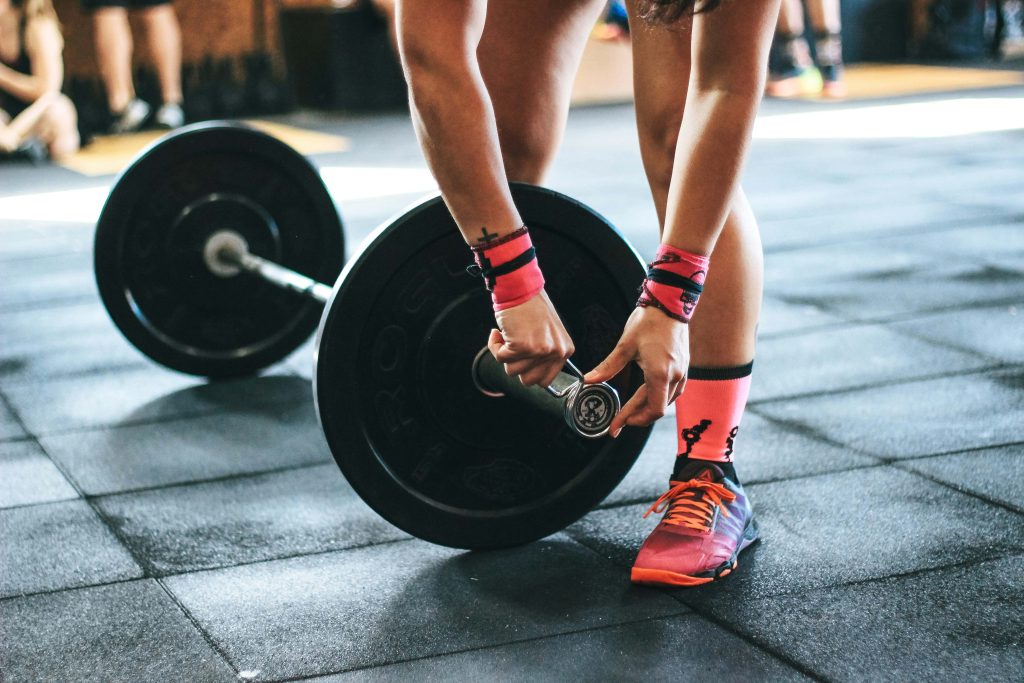Men’s Health Matters: How Exercise and Biokinetics Can Help You Live Stronger, Longer
Posted on July 1st, 2025 by Andries Lodder
by Jana van Jaarsveld
June was Men’s Health Awareness Month, a global movement to highlight the importance of physical and mental health for men of all ages. At Andries Lodder Biokinetics, we believe that men’s health is not just a once-a-year conversation – it’s a lifelong commitment.
Men are often less likely to seek help early, and more likely to ignore warning signs. But the reality is: prevention is powerful, and regular, guided exercise is one of the most effective ways to take control of your health.
Common Health Risks in Men
Many conditions that affect men can be prevented or better managed with movement-based interventions. Here are just a few of the key conditions where biokinetics can make a real difference:
- Cardiovascular Disease
Men have a higher risk of heart disease and stroke. Regular aerobic and resistance training improves heart function, lowers blood pressure, and supports healthy cholesterol levels.
- Type 2 Diabetes
Men often carry more abdominal fat, increasing their risk of insulin resistance. Exercise helps control blood sugar, boosts metabolism, and reduces fat accumulation.
- Parkinson’s Disease
Parkinson’s is more common in men and affects movement, balance, and coordination. Biokinetics can help slow the progression of symptoms, improve mobility, reduce falls, and support independence.
- Prostate Cancer Recovery
Exercise during or after prostate cancer treatment helps reduce fatigue, maintain strength, and improve overall quality of life.
- Osteoporosis & Joint Degeneration
While often seen as a women’s issue, bone and joint conditions also affect aging men. Weight-bearing exercise helps maintain bone density and joint health.
- Mental Health Conditions
Men are often less likely to talk about anxiety, burnout, or depression – but more likely to suffer in silence. Movement is proven to boost mood, lower stress hormones, and enhance cognitive function.
Why Biokinetics?
Biokinetics is more than exercise. It’s clinically guided movement therapy. Whether you’re recovering from injury, managing a chronic condition, or simply want to feel better in your body, we provide personalised support tailored to your health status, goals, and lifestyle.
At Andries Lodder Biokinetics, we help you:
- Rebuild strength, balance and coordination
- Manage symptoms of chronic or neurological conditions
- Prevent injury and improve posture
- Regain mobility and physical independence
- Improve your mindset, energy, and confidence
You Don’t Have To Do it Alone
Your health is your responsibility – but you don’t have to figure it out by yourself. Our team is here to walk (and move!) alongside you with science-backed support and care.
Whether you’re 30 or 70, whether your goal is to stay active, improve energy, or manage a condition like Parkinson’s or heart disease – we’re here for you.
Take the first step toward a healthier future.
📍 Available in Killarney & Bryanston
📞 Contact one of us today.
Stronger. Fitter. Healthier. For life.



